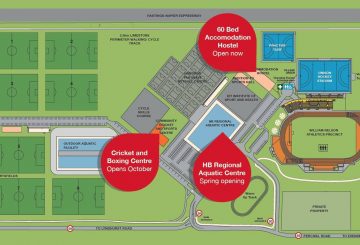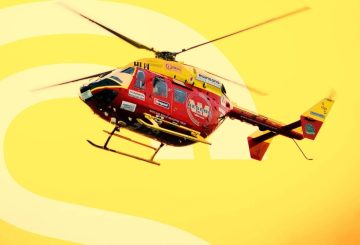Hàng trăm người làm vườn ở Vịnh Hawke, những khu vườn bị tàn phá trong cơn bão Gabrielle, đã nhận được sự quyên góp thực vật. Sáng kiến tại Trường Pakowhai cho phép 400 cá nhân có được thực vật miễn phí, có nguồn gốc từ nhiều vùng khác nhau của Đảo Bắc.
Lauren Treagus, người tổ chức, nhận xét các khu vườn bị bỏ lại màu xám và vô hồn như thế nào do phù sa từ lũ lụt. Với hy vọng mang lại một số màu sắc cho những khu vườn này, cô đã bắt đầu quá trình quyên góp. Ban đầu bắt đầu với ý tưởng hỗ trợ một vài hộ gia đình, dự án đã mở rộng đáng kể sau khi có sự hấp dẫn trên mạng xã hội.
Vô số loài thực vật, từ cành giâm đến cây ăn quả non, đã được tích lũy trong hơn nửa năm, được quyên góp từ những nơi xa xôi như Hamilton và Taranaki. Ngoài ra, Meeanee Firewood, một doanh nghiệp thuộc sở hữu của gia đình Treagus, đã xây dựng các hộp trồng cây cho những người chưa chuẩn bị làm lại khu vườn của họ.
Treagus bày tỏ lòng biết ơn của mình bằng cách đề cập đến niềm vui mà cô đã chứng kiến trên khuôn mặt của những người nhận, ghi nhận sự đánh giá cao của họ và chia sẻ những câu chuyện của họ. Cô khen ngợi hiệu trưởng trường Tim Race và nhân viên hành chính của cô, Sarah, Anne và Rhonda, vì những đóng góp vô giá của họ cho sự kiện này.
Trong số những người thụ hưởng có Sally Newall, cư dân Patoka, người đã mua được cây ăn quả và những thứ cần thiết để thiết lập một vườn rau cho một người bạn có khu vườn bị tàn phá bởi lũ lụt. Newall mô tả nỗi đau lòng khi chứng kiến những khu vườn, nơi đã đầu tư thời gian và tiền bạc đáng kể, bị xóa sổ. Mặc dù còn nhiều công việc phục hồi phía trước, nhưng những khoản quyên góp thực vật này biểu thị một bước tiến hướng tới sự phục hồi.





























































